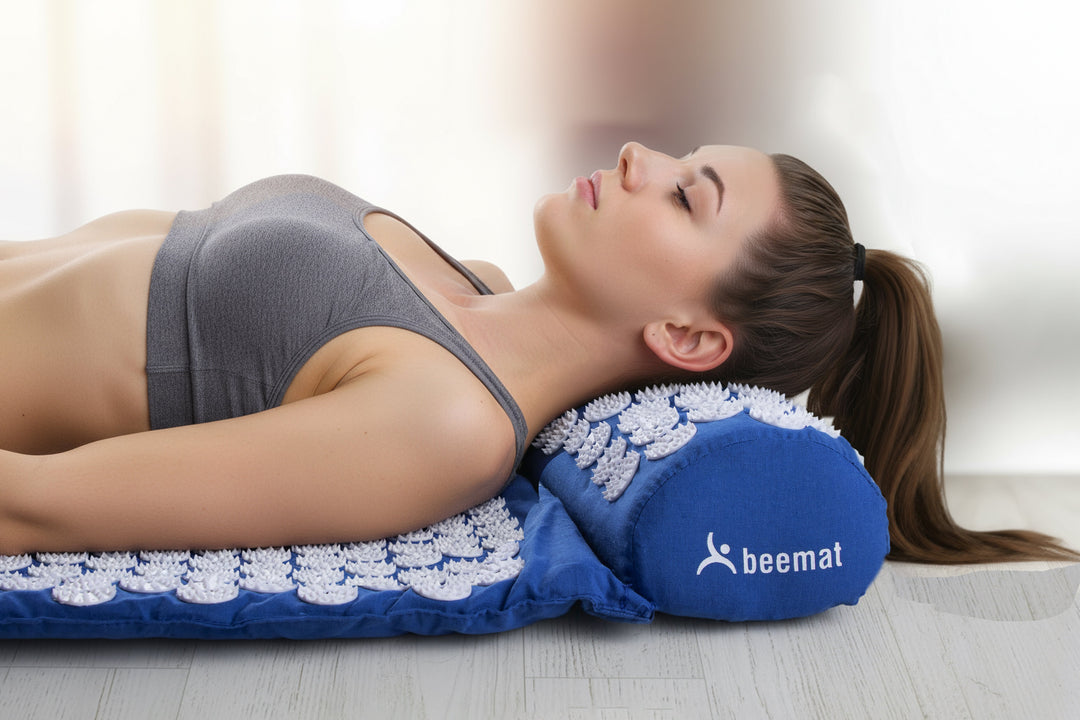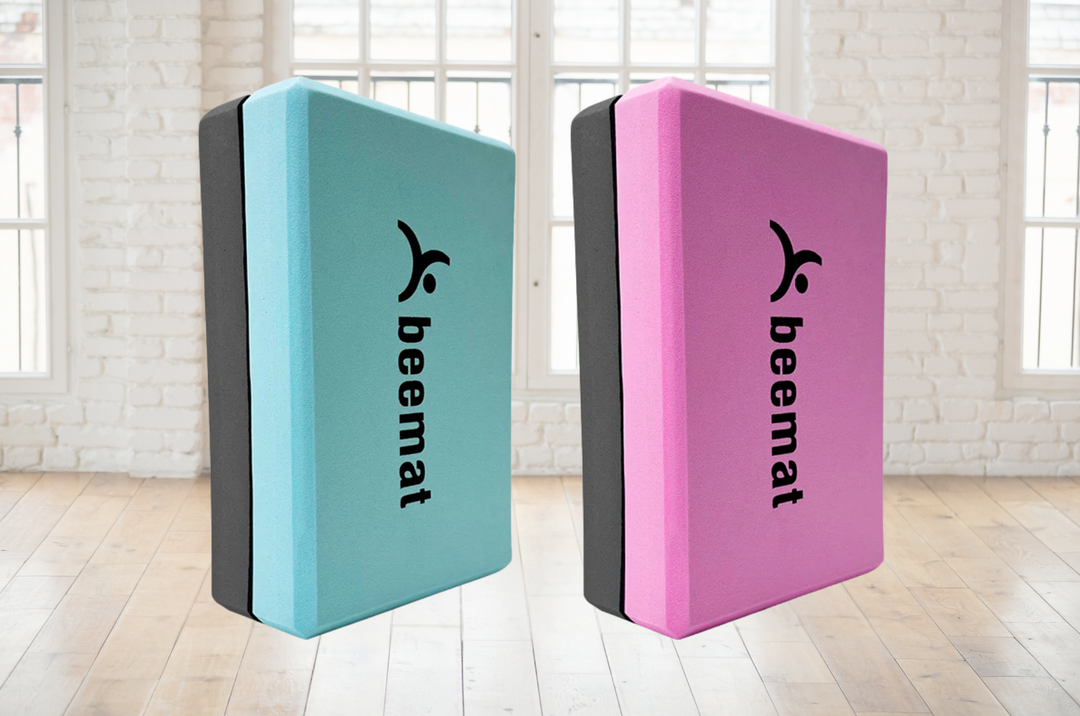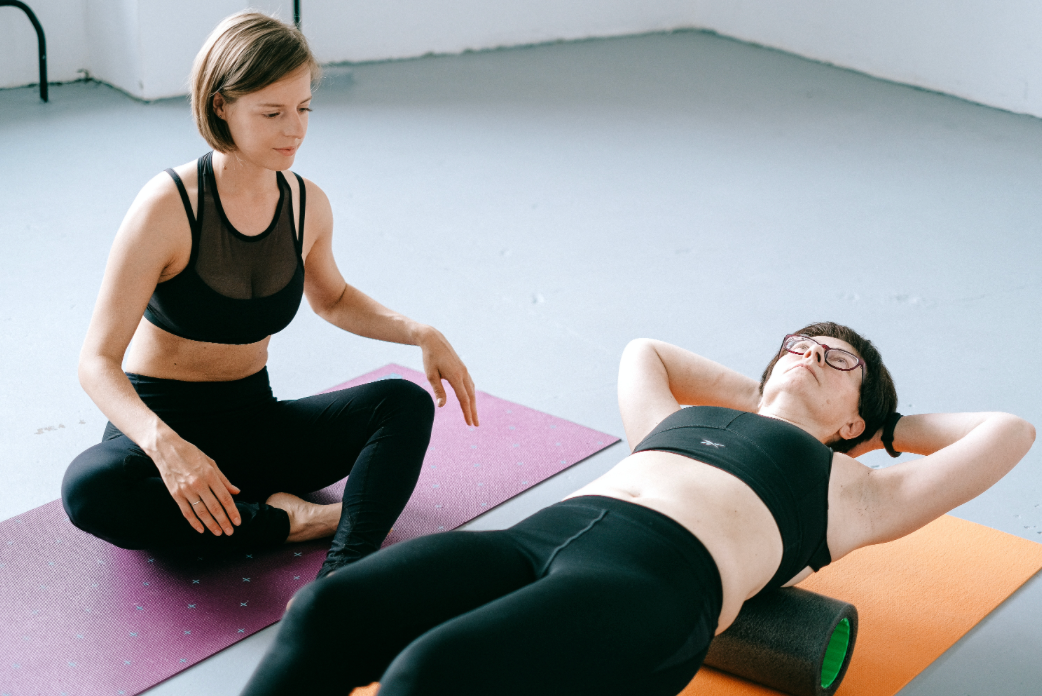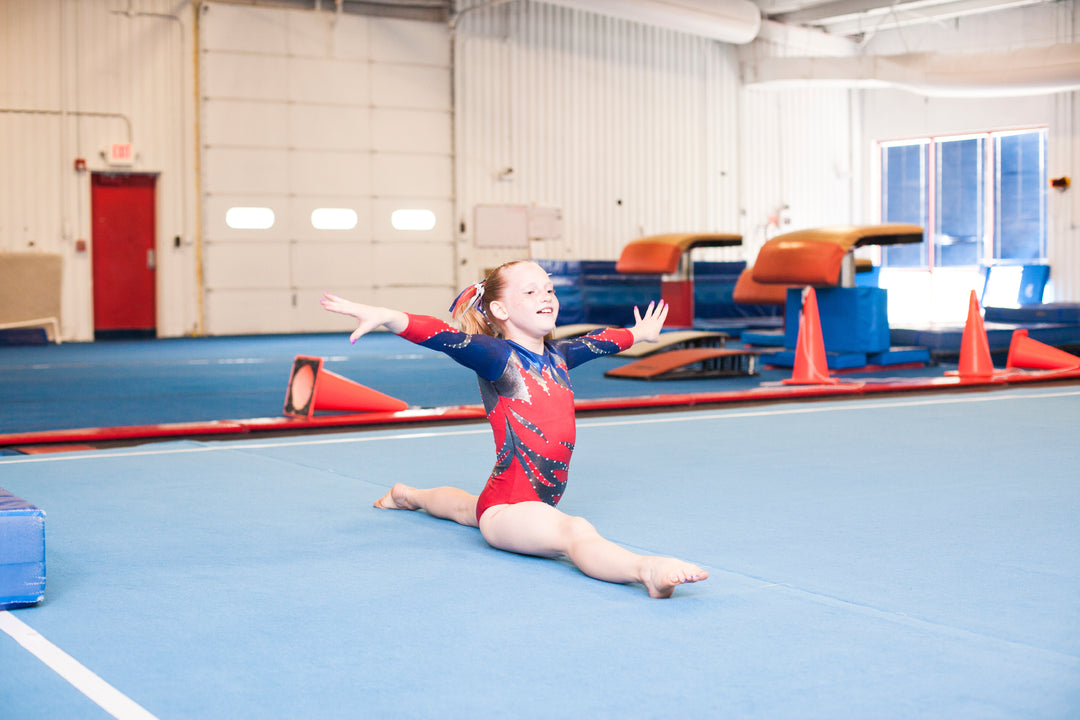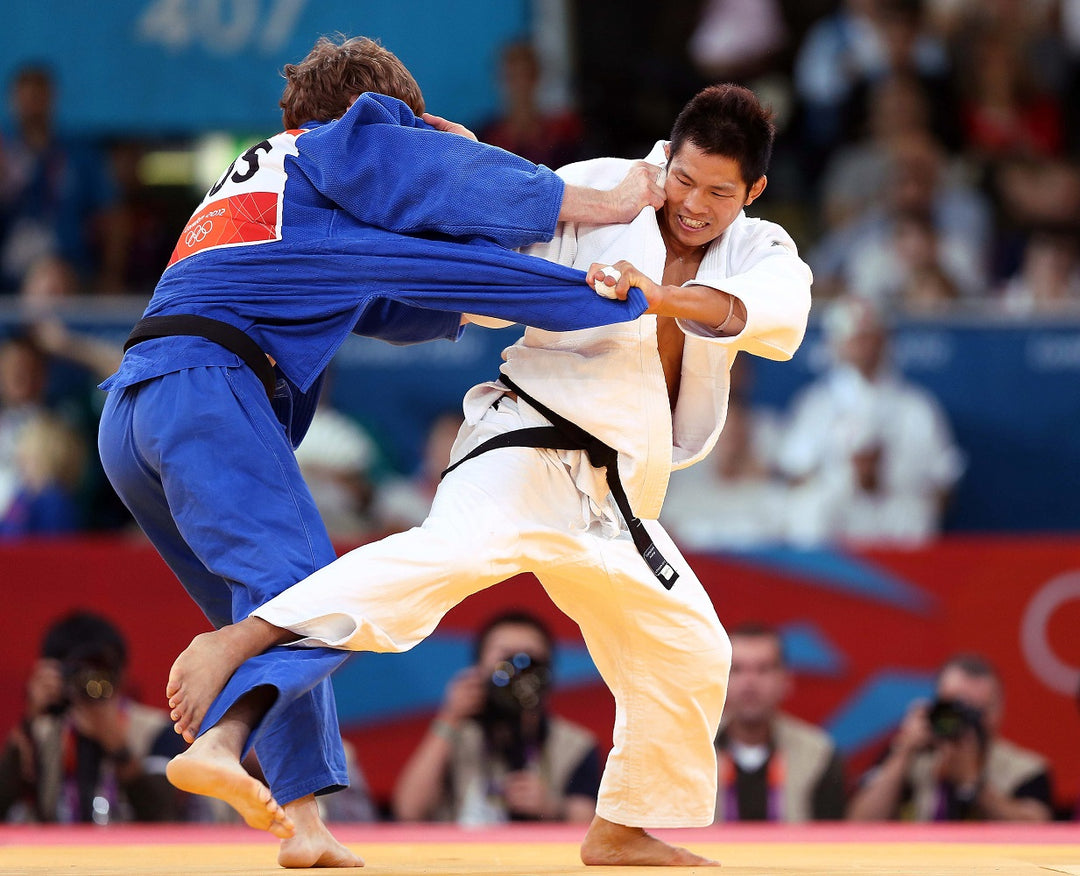Beginner's High Jump Training Drills
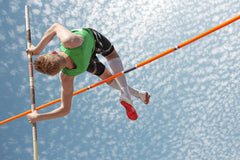
If you're a PE coach, every season you'll be faced with the challenge of introducing new sports to pupils who may or may not have received any formal training before.
The Rio Olympic Games 2016 has proved to be yet another inspirational event that promises to draw more of today's young athletes to the world of track and field events.
Many people are attracted to High Jump, a track and field event whereby competitors must jump unaided over a horizontal bar placed and measured at different heights, without dislodging it.
Below, Beemat explores the various methods employed to promote and develop the sport for beginner high jumpers.
Show a clip
When children express an interest in high jump, but they've never jumped before, it's a good idea to first show them exactly what the sport entails, so they know what they are getting themselves into. Showing video footage of successful high jumpers not only inspires young athletes but also gives them a flavour of what is expected in order to be the best. Pupils can explore the rhythm and techniques some of the world's best athletes employ to ensure future success.
Practice techniques
Encourage students to lie on their backs and perform some basic back arches. Girls tend to perform better at this technique than boys who may require help lifting their shoulders to the right position. Once in position, you can explain to students that this is the best position to get over the bar successfully. Using a soft crossbar initially, you can then practice backovers. Backovers are performed when a student simply jumps straight up in the air, looks over their shoulder and goes back over the bar.
Finding the jump foot
Firstly, you must determine a student's jump leg, meaning the leg they will take off with. The easiest way for younger children to find this out is to simply try both sides and decide which feels more comfortable. Alternatively, put a ball on the ground and ask your students to kick it - whichever foot they kick the ball with is their inside foot for the high jump. Another method for identifying the jump leg is to ask a student to stand up straight then fall forward as far as they can. One foot will naturally come forward to break their fall, that is the inside leg, whilst the other is the takeoff foot.
Takeoff practice
A popular drill used frequently when practising takeoff is to take a small 6-12 inch box and place it two steps away from the takeoff point. Ask the students to stand on the box then tell them they only have two steps to get up and over the foam bar. Students will slowly fall off for two steps before being forced to jump straight up into the air.
Scissors Kick
To continue getting young athletes comfortable with high jumping, ask them to take a step or two and scissor-kick over the soft bar, landing on their back. Make sure they push off with the outside leg and raise the inside leg that's closest to the bar. Begin the drill without any type of bar, before adding a rope or cord. The jumpers can try this drill from both sides which provides them with a feel for which side they’re comfortable with.
Training exercises
Encourage beginner high jumpers to incorporate weight training into their exercise regime. Inner strength is the key to becoming a great high jumper. Students should be aiming to jump two to three times a week, and on the other days, they should be alternating weight training with running exercises. High jumpers must learn how to run on a turn, in order to simulate effectively what a high jump turn is like. To do this, if you have access to a running track, students should be practising in lanes, four, five and six.



